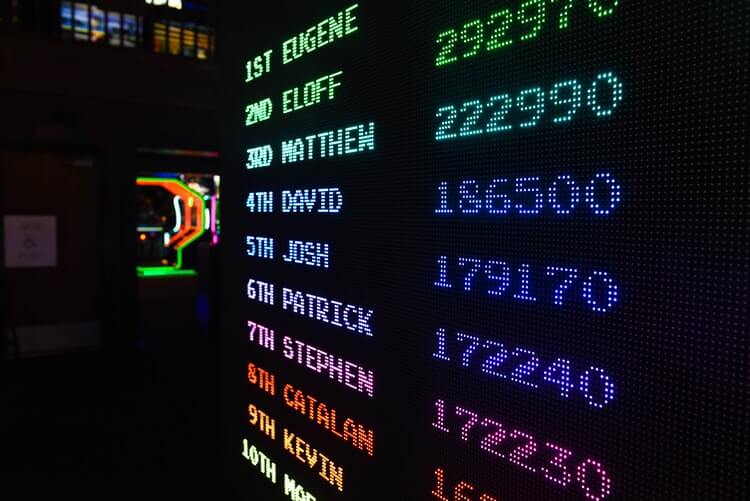In part 1, we saw that a UBI in Australia would cost $250-$300 billion, which puts it out of reach according to the fiscal balance model, where government spending must be evened out by taxation. Modern monetary theorists reject this model.
What is Modern Monetary Theory?
MMT argues that countries which are monetarily sovereign are not constrained by the need to prevent budget deficits. As long as a country issues its own currency, its debts are denominated in that currency, and currency devaluation poses no existential threat to its society (i.e. by increasing the cost of imported food or energy prohibitively), the government can never go bankrupt.
In a neat turn of phrase, Professor Despain of the London School of Economics points out that a monetary sovereign government “cannot run out of money any more than a score keeper of a football game can run out of points.”

This relies on considering the Central Bank like any other governmental department. Instead of a Central Bank printing money, then lending it to the government, with that loan remaining on the Central Bank’s balance sheet as a liability to be repaid by the government (to the printing press itself?!), MMT understands the Central Bank as an arm of government.
MMT has been gaining traction because it reflects the way monetarily sovereign governments are currently acting. The Bank of England financed the government at the beginning of the Covid-19 crisis. ANZ Bank’s Chief Economist has agreed that “we’re already in MMT.”
The US Federal Reserve is now going a step further by directly financing corporate debt. This is essentially feudalism in an electronic society, with the king doling out the treasury to his backers in the royal court.
Modern Monetary Theory and a Universal Basic Income
So the world is dispensing with the illusion that money is always the result of honest labour or productive business investment. In other words, money is not entirely private; it is partially a public good. This opens the way for a UBI.
What would be the consequences of distributing a free $300 billion every year? According to Alan Kohler, who came out as an MMTer to The Australian on Sunday, currency devaluation is “unrelated” to deficit spending.
But personally, just on the principle of supply and demand I find it hard to imagine a $300 billion stimulus having zero effect on the currency. The total AUD money supply is estimated at around $2,300 billion.
But who would this be a problem for? Certainly not the people on struggle street who suddenly have an extra $26,000 p.a. only partially off-set by currency devaluation.
No, the real losers would be the big four banks. A potential UBI-triggered currency devaluation would degrade the value of their AUD-denominated mortgage credits, which at over $1 trillion represent a claim over more than 80% of Australia’s GDP.
And how did the banks get into such an invidious position? By creating money in the form of loans. As the Bank of England explained in 2014, “the majority of money in the modern economy is created by commercial banks making loans.”
In short, people are already getting free money. It’s just that it’s only a few people (commercial bank shareholders), and mostly the ones who already have a lot of it. In fact, the big four are largely owned by US investors, who are currently cashing free cheques from the US Federal Reserve.
Mortgage-driven money creation is effectively a subsidy to the banking and property development sectors. If we recognise this, and instead see money as a partially public good to which all deserve a bare minimum of access in order to survive, the MMT UBI is only a moderate social-democratic position.
If you enjoyed this article, you can follow Christian on Twitter.